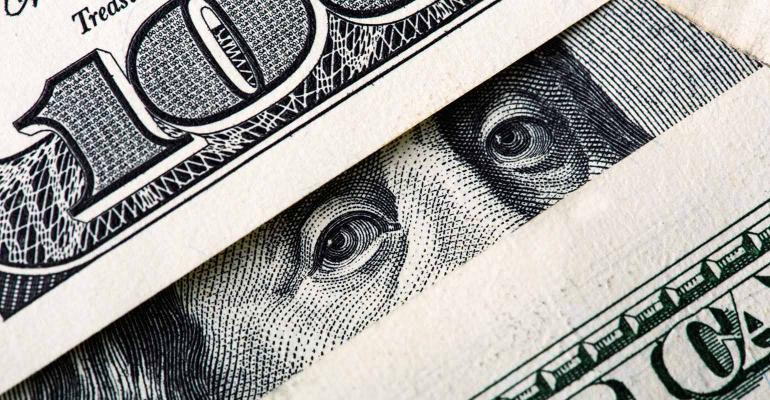A recent opinion piece by Randy Fox entitled “In Defense of Elon Musk’s Donor-Advised Fund” celebrated Musk’s 2021 transfer of $5.7 billion of Tesla shares into a tax-advantaged financial vehicle known as a donor-advised fund (DAF). Fox characterized the public accusations of Musk’s potential use of a tax loophole as “jaded” and based in “cynicism.”
The article asked readers: “Does it really matter that a billionaire hasn’t disclosed the recipient of history’s second-largest charitable gift?”
Yes. It does. It really does.
The lack of transparency means that billions of dollars are not reaching their ultimate beneficiaries.
Let me set the stage from the perspective of a nonprofit finance leader.
Over the past decade, I’ve had extraordinary success raising capital for no-profits, raising over $350 million from foundations, banks, corporations, government agencies and high-net-worth individuals, among others.
I’ve never once received a donation from a DAF. People in my line of work rarely attempt to approach DAFs because they’re perceived as a dead end.
Let’s be clear: My “extraordinary success” is relative. $350 million is a drop in the bucket compared with the $160 billion in charitable assets under management in all DAFs in 2020.
Here’s the difference:
Whereas the money I raised for nonprofits was deployed into people and planet, DAF assets sit in a financial vehicle without any time obligation–at all–for deployment to actual charities.
Let’s cover the basics. Can you spot the design flaw?
A DAF is a private fund administered by a third party (known as a DAF sponsor) and created for the purpose of managing charitable donations on behalf of an organization, family or individual. DAFs offer tax advantages of up to 60% of adjusted gross income, can hold funds indefinitely, and the transferred financial assets may grow tax-free. DAF tax advantages are conferred to the donor upon transfer of assets into the financial vehicle.
Once transferred to the DAF, the assets cannot be withdrawn. While the donor advises the DAF sponsor about the fund’s deployment, there is no timing obligation for when the transferred assets must be donated to a nonprofit.
Did you find the flaw?
Since there is no incentive or requirement for the DAF to pass through the grants to the nonprofits, the financial assets get bottlenecked at the DAF level.
Intentional or not, DAFs are often co-opted for tax avoidance rather than charitable purposes.
How do I know?
DAF assets are growing.
Charitable assets under management in all DAFs totaled $159.83 billion in 2020, a 9% increase from the 2019 total of $145.49 billion.
If DAF assets are growing, it means that the transferred assets are sitting in DAFs rather than passing through to their theoretical recipients.
Tax avoidance DAFs are particularly egregious because the DAF structure was designed to streamline donations through mission-minded managers with a robust network of nonprofits that transform cash into public good.
Instead, most DAF assets are held at commercial entities that offer DAF management as a complementary service to traditional portfolio management services.
Returning to the initial article, Randy Fox writes: “If Musk’s Tesla shares are sitting in a DAF, and I believe they are, the money has in fact been given away. DAFs represent a completed gift to charity. Period.”
First of all, the author “believes” they are? Can I get a fact-check?
Secondly, DAFs represent a completed gift to charity in the same way that I can cash a check that got lost in the mail.
The author goes on to speculate that nonprofits can’t digest a large infusion of cash all at once.
If Musk’s team needs help getting money to nonprofits that can make an immediate impact, please contact me. I can place the full amount in five phone calls.
Here are my immediate ideas:
- Donate to the American Red Cross for Ukraine relief efforts.
- Establish a scholarship endowment at an HBCU.
- Capitalize U.S.-based community lenders who drive fair financing to low-wealth neighborhoods.
- Bolster The Nature Conservancy’s work addressing the environment’s most pressing challenges.
- Contribute to Greenpeace’s fight to reduce toxic plastic waste in our oceans.
If Musk is concerned about his privacy, as the author implied, any nonprofit would be happy to accept these generous contributions on the condition that the donor remains anonymous.
“Does it really matter that a billionaire hasn’t disclosed the recipient of history’s second-largest charitable gift?”
Yes. It does. It really does.
If we don’t demand confirmation that the check was cashed, billions of dollars remain bottlenecked in tax avoidance DAFs. The gift to charity has not yet been completed.
After all, if DAFs aren’t spending down their charitable proceeds now, then what exactly are they waiting for?
Andrea Longton, CFA, is the founder of The Social Justice Investor and co-host on Renegade Capital Podcast. You can follow Andrea on LinkedIn and Twitter.





